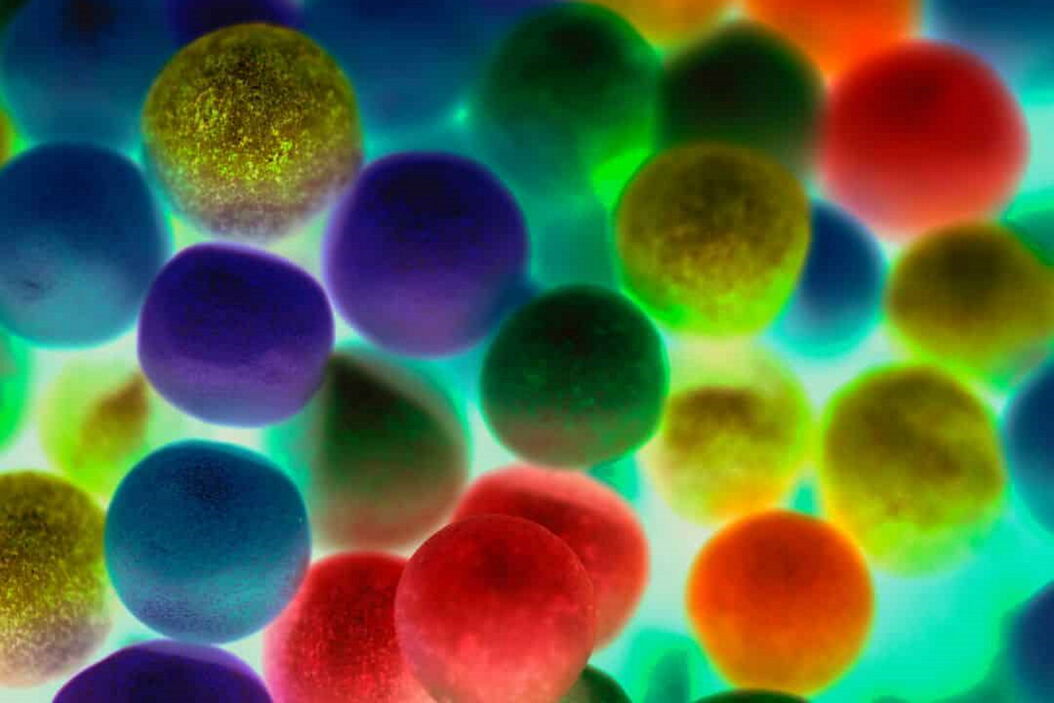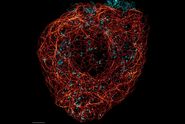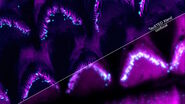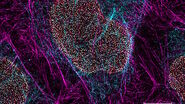Live-Cell Fluorescence Lifetime Multiplexing Using Organic Fluorophores
On-demand webinar: How to image more subcellular targets by using fluorescence lifetime multiplexing combined with spectrally resolved detection.

Spectrally resolved detection of fluorophores with distinct excitation and emission spectra is a routine method for performing multiplexed fluorescence microscopy. However, as many commonly used fluorophores have spectral overlap, this technique is limited to three to four targets. In contrast, fluorescence lifetime multiplexing uses differences in fluorescence lifetime to separate fluorophores with similar spectral properties. Combining these two techniques expands the degree of multiplexing to accommodate additional targets. However, while spectral properties of fluorophores are routinely characterized, fluorescence lifetime information is rarely reported, hampering the use of fluorescence lifetime multiplexing and its combination with spectrally resolved detection.
To find fluorophores with suitable lifetime characteristics, we turned our attention to cell-permeable probes based on synthetic fluorophores, which are available for various targets and in different colors. They do not require genetic engineering and combining multiple probes at the labeling step is possible. This makes them ideal candidates for spectrally resolved fluorescence lifetime multiplexing.
What to expect in the webinar
About the webinar
We characterized 18 cell-permeable synthetic probes by fluorescence lifetime imaging microscopy (FLIM) and found eight pairwise combinations suitable for fluorescence lifetime multiplexing. When combining multiple pairs in different spectral channels, we could perform spectrally resolved fluorescence lifetime multiplexing of up to four subcellular targets in a straightforward manner. However, synthetic probes are only available for a handful of targets and sometimes show unsuitable lifetime properties.
We, therefore, complemented the use of synthetic organic probes with a second labelling strategy for synthetic fluorophores, namely, self-labeling protein tags. Genetically encodable, self-labeling protein tags can be fused to a protein of interest and therefore allow labeling of almost any desired subcellular target. We engineered variants of the self-labeling protein tag HaloTag7 (i.e., HaloTag9, HaloTag10, and HaloTag11) such that the bound fluorophore shows distinct fluorescence lifetimes.
Combining self-labeling protein tags and synthetic probes enabled us to image up to eight targets in four spectral channels. We hope that the two approaches will promote the use of fluorescence lifetime multiplexing in living cells.
Key Learnings
- How to image more subcellular targets by combining spectrally resolved detection and fluorescence lifetime multiplexing.
- Synthetic probe combinations that allow imaging of up to four subcellular targets.
- Self-labeling protein tags and synthetic probe combinations that enable imaging of up to eight targets in four spectral channels.




